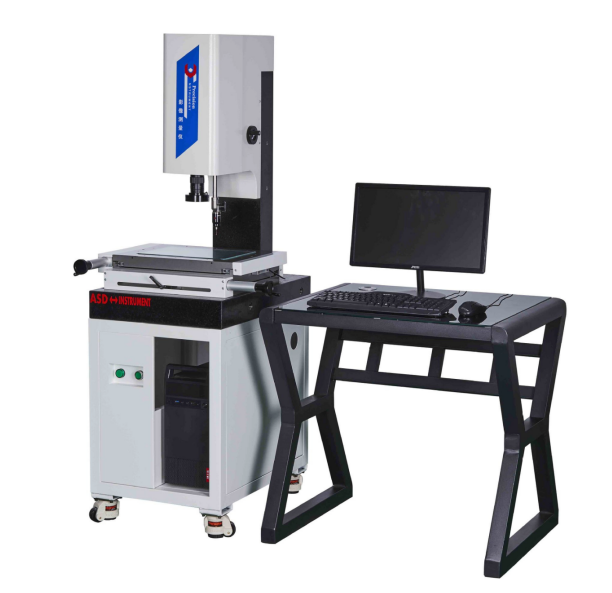In recent years, shrimp and crab farming has experienced significant growth in China's aquaculture industry, especially in provinces like Jiangsu and Zhejiang. Traditional shrimp farming typically generates a profit of around 1,200 yuan per mu, while integrated shrimp and crab farming can yield between 1,500 to 2,000 yuan per mu. Compared to other agricultural sectors, aquaculture has shown relatively high efficiency. However, with the aging of fish ponds, increasing industrialization, and urban expansion, there is a growing need to optimize production per unit area, enhance product quality, and boost breeding efficiency within limited space. To explore effective strategies, we visited several highly efficient local farmers and collected their successful practices, hoping to provide useful insights for others.
One such example is my brother, Tang Yuedong, from Shanlian Village. He owns a 25-mu farm and has been raising river crabs for over five years. His annual output per mu consistently exceeds 6,000 yuan. In 2005, one of his ponds covered 10 acres. In March, he released 6,300 crabs with an average weight of 160 per kilogram. By October, the survival rate reached 85%, and the average size of the crabs exceeded 250 grams. With an average of 360 kilograms per mu, the yield per mu was about 130 kilograms, resulting in a revenue of over 7,000 yuan per mu. Here are the key factors behind his success.
First, pond preparation plays a crucial role. The selected pond should be between 5 to 10 acres, with a depth of at least 1.5 meters. Before stocking, the pond must be thoroughly cleaned using 80 kg of quicklime. It's also essential to prepare sufficient animal and plant feed. For animal feed, snails should be available at 800–900 kg per mu. For plant feed, aquatic plants like Elodea should be cultivated before stocking, starting in May or June. Once they grow above the water surface, they should be regularly cut to maintain a height that doesn’t exceed the water level. The coverage of aquatic plants should be about 60% of the total pond area.
Next, seed selection is vital. Crabs should be carefully chosen based on their physical condition—healthy appendages, strong bodies, and clean appearance. Before releasing them, they should be soaked in potassium permanganate solution. Stocking density should also be adjusted. Instead of following traditional standards, Tang increased the density from 500 to 700–800 crabs per mu, with each crab weighing between 100–160 per kilogram.
Daily management is another critical factor. Oxygen levels must be closely monitored, as higher stocking densities increase oxygen demand. Each pond should be equipped with aeration devices, and an aerator should be installed every 3 mu of water. During peak growth periods, aeration equipment should be used regularly to ensure optimal conditions for the crabs’ development.
Water quality control is equally important. Throughout the growing season, fresh water should be added and replaced regularly, with about one-third of the pond water being refreshed at a time. Disinfectants like dibromine and iodine solutions are commonly used to maintain hygiene. The pH of the water should be kept around 8.5. If it becomes too high, calcium-reducing agents can be used to bring it down.
Feed management also requires attention. In addition to preparing enough animal and plant feeds, the feeding strategy should follow the "two-early and one-late" principle. In the early stages, commercial crab feed is primarily used. As the crabs grow, soybean meal, corn, and pumpkin become the main food sources. Later, fresh or frozen small fish are introduced to supplement nutrition.
Finally, marketing plays a key role in maximizing profits. Beyond selling during the peak season, packaging and branding are essential. Many local businesses use elegant crab gift boxes to give to customers and friends during the season. A portion of the crabs is reserved until the Lunar New Year, when demand is high and prices are significantly higher. This strategy not only ensures better sales but also enhances the overall profitability.
In summary, Tang Yuedong’s success stems from careful planning, proper feed management, increased stocking density, and the use of advanced aeration systems. By combining traditional aquaculture techniques with modern methods, he has achieved remarkable results. High input leads to high returns, and this approach can serve as a valuable model for other farmers looking to improve their productivity and profitability.
Manual Video Measuring Machine
Manual vision measuring machine is a precision measurement instrument that uses manual driving for 3 axes, and the measurement software is manual point taking.
This instrument uses a zoom objective to magnify the measured object, and the image is input into a computer through a CCD industrial camera device. The enlarged image of the measured object is transmitted to the measurement software for non-contact and efficient geometric measurement of various complex workpieces.
Suitable for non-contact measurement of stamped parts, plastic parts, thin film shaped, easily deformed, easily damaged, and small-sized workpieces, such as workpiece measurement in industries such as rubber, plastic, small hardware, clocks, and light industry.Video Device
 .
.
The vision measuring machine consists of three parts: an image acquisition device, a data acquisition device, and a two-dimensional measurement software. The zoom objective lens and high-resolution color camera form an image acquisition device, and the data acquisition device is composed of a grating ruler and a data processor. The image and data are measured using 2D measurement software to achieve point, line, arc, and distance measurements.
Manual Video Measuring Machine,Manual Video Measuring Machine,China Manual Video Measuring Instrument,Video Device
Zhejiang dexun instrument technology co., ltd , https://www.dexunmeasuring.com
 .
.